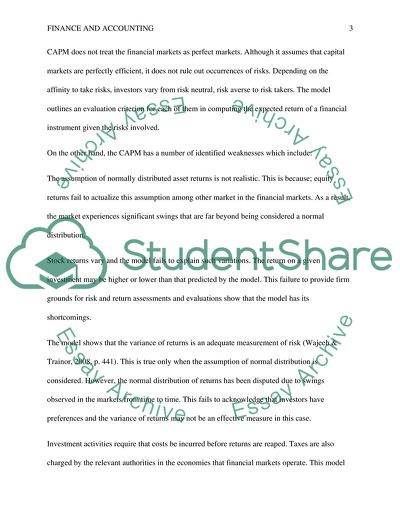Advance corporate finance Coursework Example | Topics and Well Written Essays - 1000 words. https://studentshare.org/finance-accounting/1764775-advance-corporate-finance
Advance Corporate Finance Coursework Example | Topics and Well Written Essays - 1000 Words. https://studentshare.org/finance-accounting/1764775-advance-corporate-finance.


